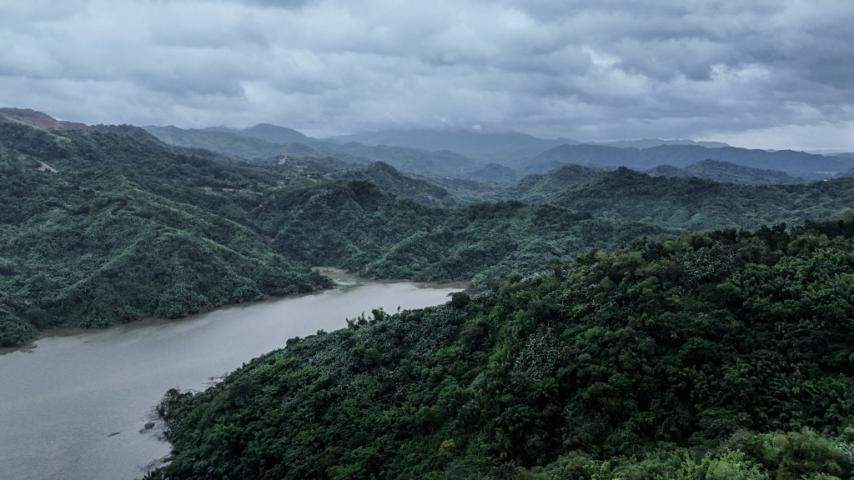
By Brian Campued
Every time a tropical cyclone (TC) enters the Philippine area of responsibility and heads toward Luzon, social media becomes abuzz about Sierra Madre’s role in protecting the mainland from a typhoon’s wrath.
Citing a 2023 study conducted by Dr. Gerry Bagtasa and Dr. Bernard Alan Racoma published in the Philippine Journal of Science, the Department of Science and Technology (DOST) stressed that while the Sierra Madre Mountain Range (SMMR) helps reduce the strength of a typhoon winds, it does not provide complete protection from its destructive effects.
“Maaaring sabihing nakatutulong ang Sierra Madre Mountain Range bilang panangga sa mga bagyo sa Luzon sapagkat may kakayahan itong bahagyang pahinain o bagalan ang lakas ng hanging dala ng bagyo—lalo na sa hilagang-silangang bahagi ng rehiyon. Gayunman, hindi ito nagbibigay ng ganap na proteksyon laban sa matitinding epekto ng mga ito,” the DOST said in a Facebook post.
“Mas malaki pa rin ang pinsalang dulot ng malalakas na pag-ulan at pagbaha kaysa sa mismong hanging dala ng bagyo,” it added.
According to the study, a TC’s strength does not significantly weaken during the first six hours after landfall, even when mountain ranges are present.
Researchers found that the Sierra Madre can decrease wind strength by about 1%–13% but can also increase rainfall along its western slopes from 23%–48%, including Metro Manila by 23%–55%.
For Cagayan Valley, in contrast, the researchers said the SMMR can reduce both wind exposure and basin-wide rainfall—making it an “effective barrier” for the region—but clarified that the area remains vulnerable to extreme weather disturbances.
“In addition, the weakening effect of the SMMR reduces the wind exposure of the island of Catanduanes and eastern Bicol the most,” the researchers stated.
“However, for the rest of Luzon, the SMMR enhances rainfall, which will likely compensate for the slight decrease in wind exposure—especially considering that most TC-related damages are water/rainfall related.”
Meanwhile, the Philippine Atmospheric, Geophysical and Astronomical Services Administration (PAGASA) explained that a TC may weaken once it makes landfall due to its interaction with the landmass away from its source of energy—the warm ocean.
“Mawawalan na siya ng source ng energy, unlike doon sa karagatan na mataas ang moisture content,” PAGASA weather specialist John Manalo said in an interview. “Sa kalupaan, dahil kaunti na yung moisture d’yan… mababawasan ‘yung tutulong sa bagyo na mas lumakas pa.”
As the local folklore tells us about how “Sierra” lay on her side facing west and protected her sons “Iloco” and “Tagalo” from the wrath of her suitor “Bugsong Hangin”—Filipinos are urged to take proactive measures in protecting the mountain range.
More than the Sierra Madres’s purported TC-mitigating effects, the researchers underscored the need to conserve its rich biodiversity and preserve its natural resources—as the mountain range is continuously threatened by deforestation, mining, and other destructive activities. (with report from Rod Lagusad / PTV News)
-av
